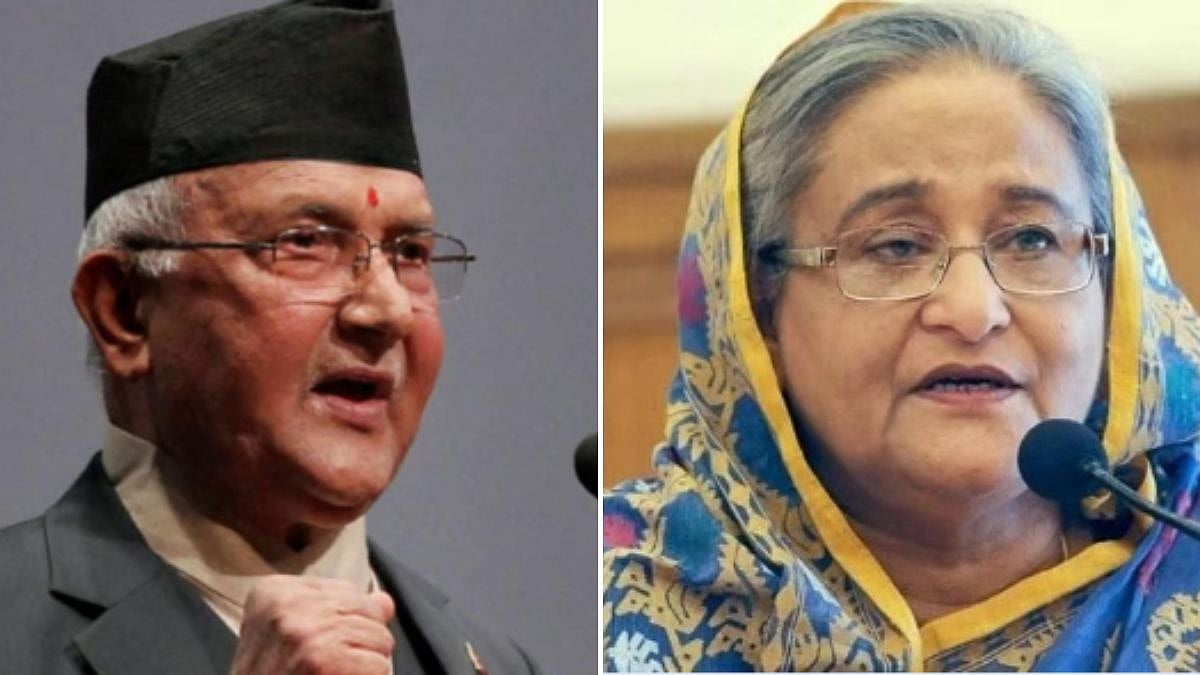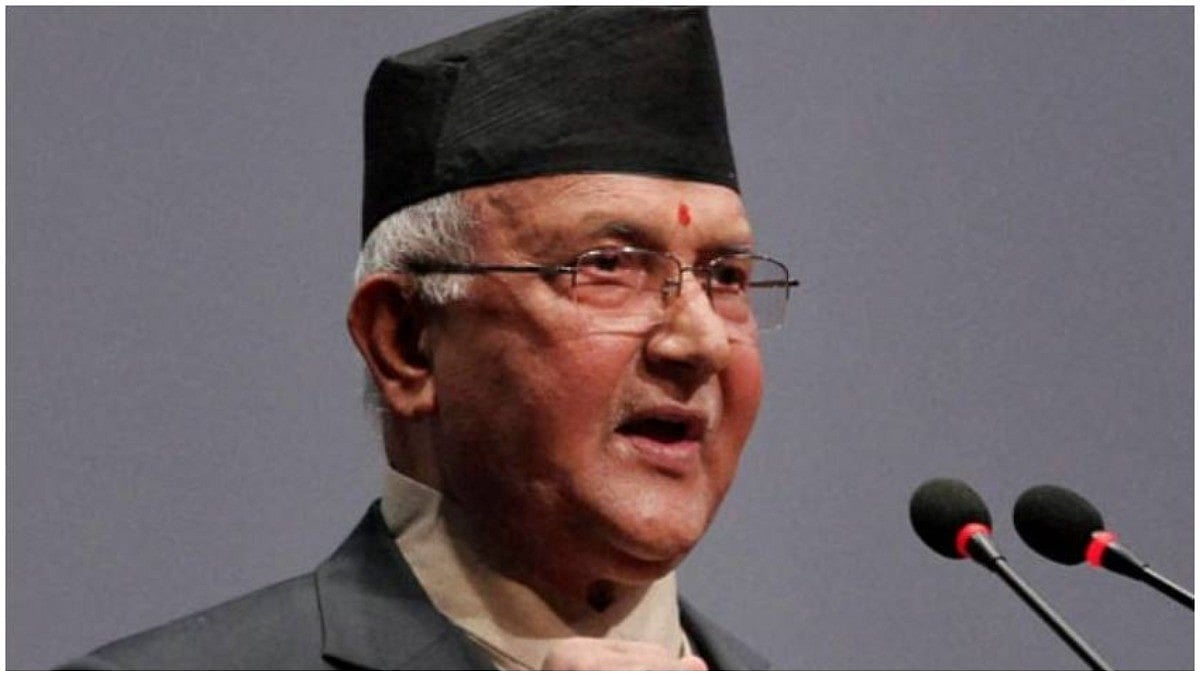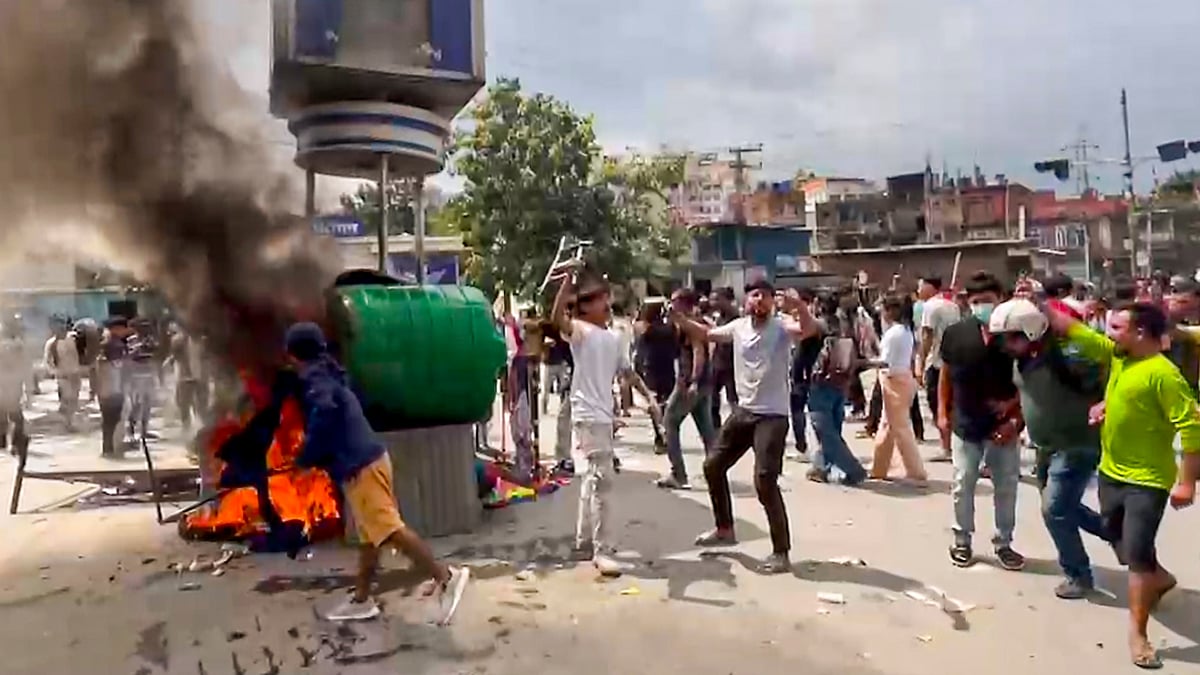Two recent incidents have brought our attention back to a complex and vexing issue in the city which unfailingly raises the hackles of people on both sides of the divide: street vending or hawking on streets and pavements. In a city that cannot function without the informal economy which comprises its hawkers and mobile vendors, a city where this activity continues to thrive despite being deemed outside the margins of law, the continued absence of a clear and realistic policy, drawn up with all stakeholders on board, has hurt everyone concerned.
As our streets and pavements are occupied with more and more hawkers, the divide only runs deeper. Those who support the hawkers argue for their continued presence on the grounds that hawking is an inalienable part of the informal economy, and invoke Constitutional rights. Pedestrians and others see hawkers as claiming precious public space allotted for walking and street furniture, and also cite the law in their defence. These positions have hardened over the last few decades as public space has become congested and sparse, and pedestrians-versus-hawkers or citizens-versus-hawkers (as if the latter are not citizens) battles have become increasingly common throughout Mumbai. This is a false binary and, in a sense, sets up the common citizens against each other to claim scarce space.
Public opinion — which is, more often than not, the opinion of only the upper-middle and upper classes that are vocal and have a platform — paints hawkers as the villains, as “eyesores” messing up the cityscape, as “encroachers” of space that belongs to the city and so on. The truth, as always, is more nuanced and complicated: though the city cannot function without its hawkers, successive urban development plans which make land-use allocations have consistently ignored the hawking community and their need for space in the city. The paradox is startling. The city needs its hawkers for the multiple services they provide but does not legitimately and honourably allocate space to them. This is unsustainable, fosters the scourge of unlicensed hawkers, and leads to a number of flashpoints.
A recent flashpoint was in Colaba, where hawkers have been around for decades. There were reports a few days ago that some of them had erased the word ‘No’ from the official signposts announcing ‘No Hawking Zone’. By all accounts, hawkers, both licensed and unlicensed, were mad at the civic administration that they had been cleared off the streets and pavements last month during the Prime Minister’s visit and were not allowed to resume their activities. It was a brazen act of defiance and breach of rules, but they couldn't care less because every day of no-sale meant a hit in the incomes of many hundreds of families. Residents in the area have been upset at the proliferation of hawkers and have conveyed their angst to the BMC.
This week, hearing a suo moto matter from Borivali shopkeepers who stated that hawkers obstructed access to their shops, the Bombay High Court termed the issue of hawkers occupying space as “a city-wide problem”. The two-judge bench of Justices Gautam Patel and Kamal Khata asked the Brihanmumbai Municipal Corporation (BMC) for its plans to deal with licensed and unlicensed hawkers so that the access to and movement of pedestrians on pavements are not impeded. The bench also asked the civic body to take the help of planners and NGOs for this, and suggested steps such as rotating the hawking zones in a graded fashion. But, of course, the BMC counsel sought time and the matter was posted for March 1.
“More time” after decades of being seized of the issue? The buck stops at the BMC’s door. Despite street vending being one of the oldest forms of retail activity and Mumbai having the largest number of hawkers and mobile vendors — official figures of licenced hawkers say 1.2 lakh but unofficially the civic body and hawkers’ unions say it is more than 3 lakh — the policies to allot space to them, create and implement hawking zones, regulate the unlicensed ones have all been marred by the simple fact that the city’s Development Plans virtually do not recognise their need for space and provide it. The greyness allows both the hawkers to expand or “encroach” as they wish while the administration makes an occasional show of taking action.
This is how Ramanath Jha, former IAS officer who has handled important portfolios in Maharashtra government including chairing the revision of the Mumbai Development Plan 2034, described it in a paper: “Clearing streets, footpaths and transport terminals of vendors and hawkers, and confiscating their goods, is a daily municipal activity. For their part, the street vendors continue to claim their space in the cities to earn their living. In a cat-and-mouse game, local officials ignore hawkers when convenient and tighten the rules on them when exigencies have demanded preventive action. This has served a dual purpose: some underhand money goes to the administration for turning a blind eye, and the street vendors get to conduct their business too. With time, hawkers found able allies and protectors among local councillors who objected to their eviction and instead promoted their proliferation. Hawkers returned the favour by turning into loyal voters and political workers. A complex calculus emerged: hawking was bad under the law, but the law did not find any takers.”
That a former top bureaucrat describes it thus only underscores the fact that successive governments and the BMC have been well aware of the possibilities of sorting out the hawkers’ issue, as it’s called. It cannot be that difficult, after all: streamline the licensing system, issue new licenses where necessary, demarcate hawking zones in each civic ward and strictly enforce them, regulate the unlicensed hawkers rather than indulge in the “cat-and-mouse game”. Bhubaneswar has shown a way to this, if Mumbai needed an example, where hawkers have been accommodated in designated spots without impeding traffic or pedestrians in any way. It is a win-win situation for all but it would call upon the BMC to draft a comprehensive policy in line with the Street Vendors Act and then find the steel within to implement it.
In fact, the BMC needs to revisit its policy on pavements, and its approach to constructing and maintaining them in ways that they can be used by pedestrians while hawkers have their designated spots. The battle for pavement space seems like one between pedestrians and hawkers; on the contrary, it is a fight of both against the BMC to allocate space in a realistic way and evolve clear policies. If the BMC pretends that Development Plans do not have to pencil in hawking and vending spaces into the land-use, it sets the stage for three unwelcome aspects of city life: lack of designated spaces for hawking and the resultant spillage on streets, paucity of spaces or impeded spaces for pedestrians, and a deceptive pedestrians-hawkers face-off while its officials indulge in rent-seeking. Mumbai continues to pay a heavy price for this.
Smruti Koppikar, senior journalist and urban chronicler, writes extensively on cities, development, gender, and the media. She is the Founder Editor of the award-winning online journal ‘Question of Cities’










